Making fuel briquettes with your own hands
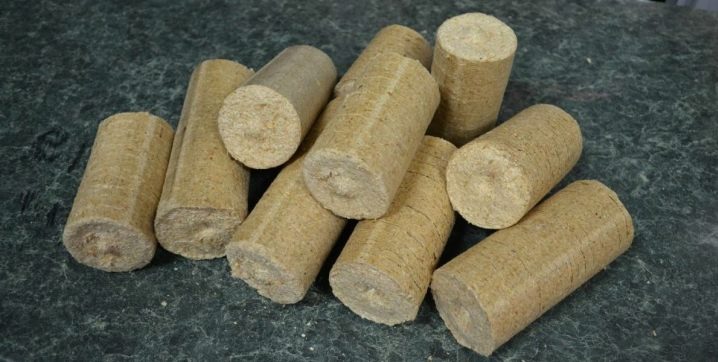
Pressed briquettes from sawdust are considered one of the most effective methods of kindling stoves; they are widely used for heating private houses. However, they are not cheap. Therefore, the question arose about the independent manufacture of the miracle fuel at home.
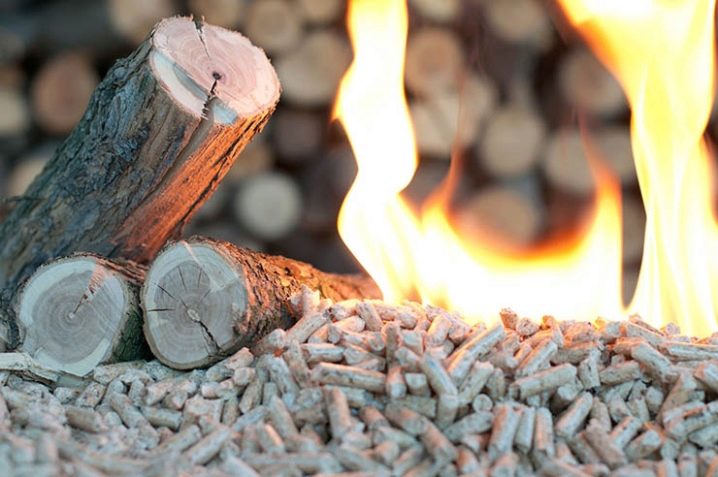
Selection of raw materials
First, let's dwell on technical issues. To make briquettes for a firebox in a domestic environment, you need to have an idea of how they are made in industry. The first step in any production is always chopping wood raw materials and drying them thoroughly. In most cases, any woodworking waste, including sawdust, is taken as raw material. Often, agricultural waste is used to create eurodrops - the husks of seeds or husks will do. Drying of the material is carried out until the humidity level approaches 7-10%.
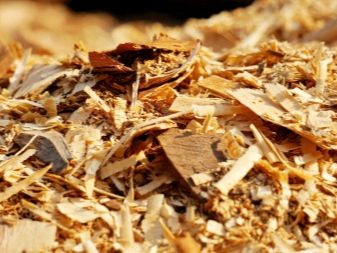

The next stage is the pressing of the resulting raw material before direct briquetting. In a production environment, this can be done in two ways:
-
by extrusion;
-
by molding fuel briquettes on a specialized hydraulic press.
In both cases, the blanks are subjected to strong squeezing, as a result of which a specific natural component, lignin, begins to emerge from the wood. It acts as a binding element for the friable raw material mass. The difference in technological processes is reduced exclusively to the methods of squeezing. Most often, a hydraulic press is used in production, developing forces up to 400-500 bar.
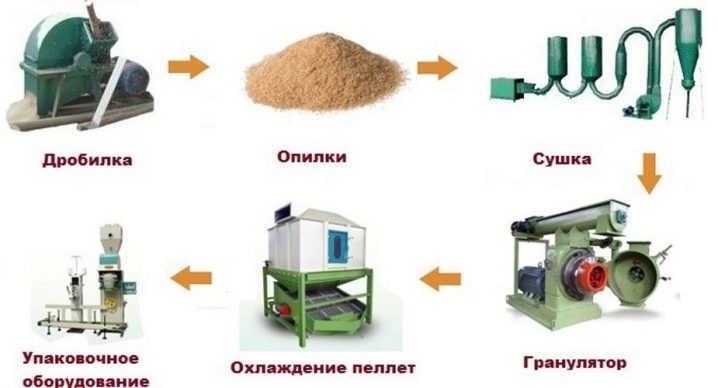
The purchase of such a powerful unit for the home will be unprofitable. Even if the family budget allows such an expense, and raw materials are given for nothing, then only the wholesale of the resulting fuel will be able to recoup such equipment. That is why DIYers, through much trial and error, have developed a technique based on the use of alternative binding materials.
Private house owners usually make fuel briquettes from sawdust. These raw materials are inexpensive, and besides, it is not difficult to find them in the required volumes. These briquettes exhibit increased heat transfer, which makes their creation and subsequent operation as practical as possible from a budget point of view.
In addition to sawdust, in home workshops, you can use husks, grass, wood chips, straw and leaves. For the purpose of briquetting, you can take trimmings of garden trees. True, in this case, you will first have to grind them on a crusher.
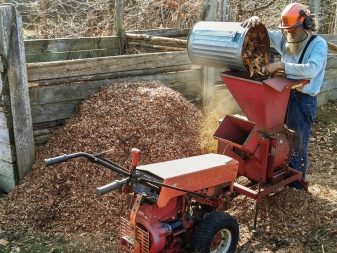
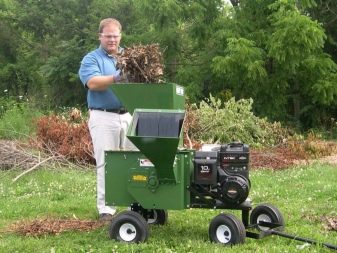
Clay or glue is taken as binding elements - you can take wallpaper or any other inexpensive composition.

What equipment is needed?
Despite the relative simplicity of obtaining pelletized fuel at home, nevertheless, some technological equipment will still have to be bought, or the existing one will have to be modified for new tasks. Here's what you need to get started.
Chopper. It is impossible to do without this device, since the finer the raw material is, the denser, and therefore, the more efficient the finished briquette. At the same time, it is not at all necessary to purchase a new device, one that cuts plant fragments before laying them in a compost pit will do. And also home craftsmen often adapt a failed activator-type washing machine to their needs, adding knives to the activator.



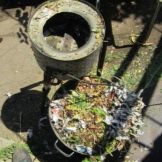
Any tank for mixing raw materials. Ideally, this container is supplemented with a construction mixer or a compact concrete mixer. If there is neither one nor the other on the farm, you will have to knead the mixture with your hands. Such work will take a lot of physical effort and time.

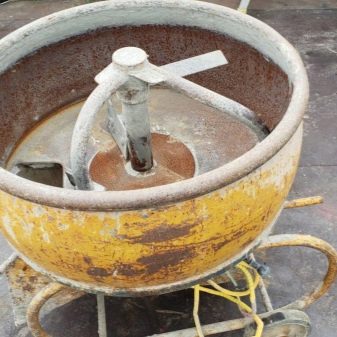
Press. This is an obligatory machine, without which the creation of fuel briquettes is impossible. It can be floor-mounted or wall-mounted, hydraulic or even manual. In its most general form, the design of such a device should include a massive steel frame, as well as a working block.
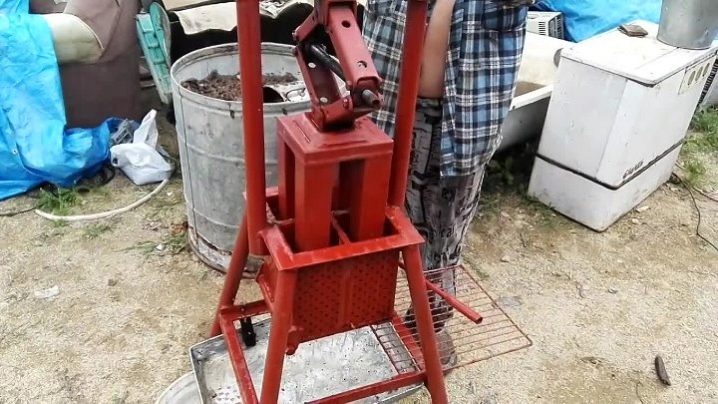
Matrices. Required for molding briquettes. They may look like typical bricks, but the cylindrical configuration is more convenient to use. The labor intensity in this case will be much lower, although difficulties may arise with the storage and storage of such fuel.

Important: the matrix must necessarily have perforated walls so that all moisture squeezed out of the raw material by a powerful press is removed through the holes.
The pressing process should be given special attention. Mechanical influences are always associated with the expenditure of forces and at the same time give low efficiency. That is why experienced craftsmen advise to equip the press for the production of briquettes with a hydraulic jack from a vehicle - it can be fixed in the upper part of the press frame upside down. However, it must be borne in mind that even in this case, you will not be able to create a pressure of 300 bar or more. The most experienced craftsmen prefer screw presses - they allow you to form bricks for heating of a fairly high quality, comparable to ready-made store briquettes. However, such a design will require serious investments in a steel case and an electric drive with a motor of at least 7 kW.

Manufacturing technology
Making briquettes for home heating in home workshops is not the way it is in industry. If at the initial stage both in the first and in the second case, shredding of plant waste is required, then the further technology differs. In industrial workshops, drying follows, in home prepared raw materials, on the contrary, are soaked in water or at least thoroughly moistened.
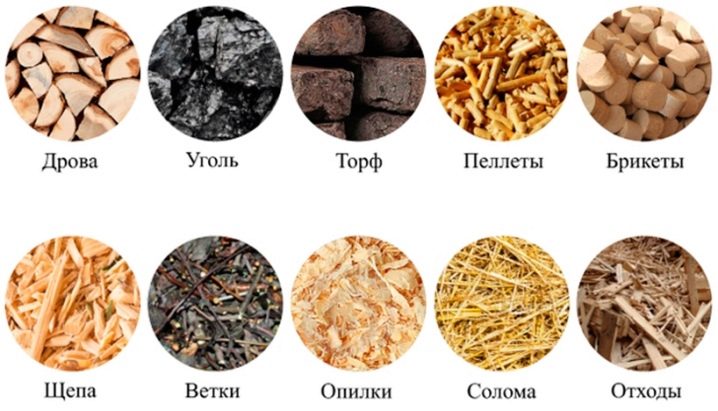
Next, a binder is introduced. There are three possible solutions here.
Clay is the simplest, most widely available and cheapest filler; it is introduced in a ratio of 1 to 10 to wood material. Clay quickly and efficiently binds the raw material. But it has a significant drawback - it practically does not burn. Therefore, after using such briquettes, a lot of ash waste remains.
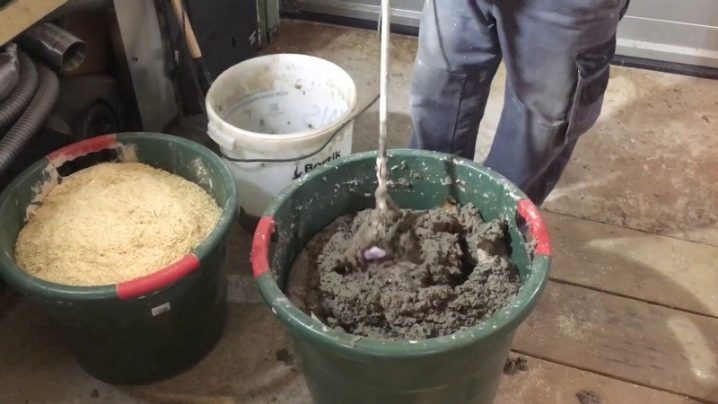
Wallpaper glue - free from the disadvantages of clay, has a low ash content. In addition, glue is introduced into the raw materials in smaller volumes, but even in this case it is more expensive than clay. As a result, the total cost of the finished product rises.
Any waste paper, including cardboard - this component must first be soaked and thoroughly crushed. The advantages of the material include availability and almost zero cost. However, it was not without its drawbacks. So, the smaller the sawdust fraction, the more paper fillers will be needed. In addition, such briquettes take much longer to dry.
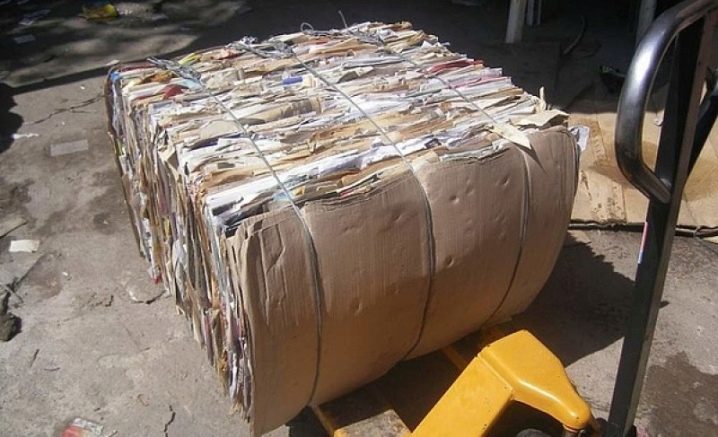
The next stage in the manufacture of fuel briquettes is mixing. Depending on the technical capabilities of the household, it can be mechanized or manual. To make high quality workpieces, it is necessary to achieve maximum homogeneity of the mixed wood-glue mass.

After that, the resulting raw material is placed in briquetting molds and sent for pressing. This process allows you to completely get rid of moisture residues and achieve maximum adhesion of the main components of the mixture. As a result, briquettes of a given configuration should be obtained - they are sent for drying.
You need to lay out the workpieces loosely, it is important to leave free space for ventilation. In order to speed up the drying process as quickly as possible, the future fuel should be turned over from time to time. Experienced craftsmen additionally transfer briquettes with dry rags or paper, such materials are able to quickly draw out excess moisture from the fuel.
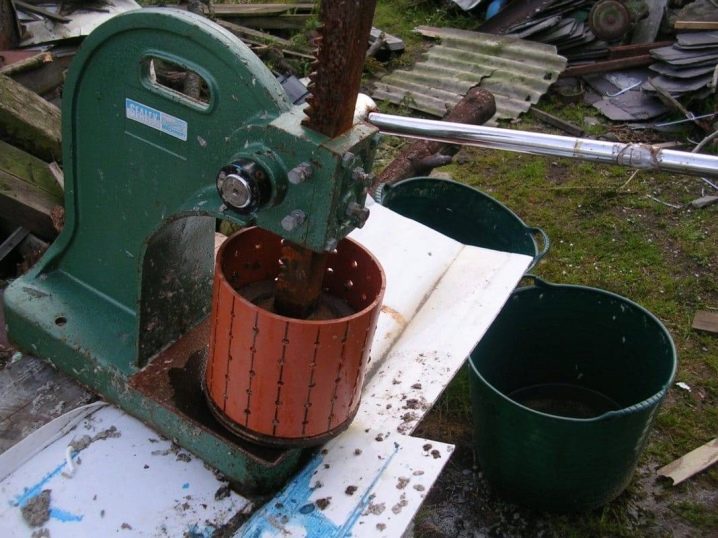
Drying is carried out until the moisture level of the material is 25% t. However, in practice, it is better to wait for even less moisture - this will significantly increase the heat transfer later. That is why the work on the preparation and creation of fuel briquettes is best done in summer, while the weather is stable, and you can safely dry the workpieces in the open air for one or even two weeks. Haste can be a disservice. The difficulty is that boilers - both hydrolysis and solid fuel - perform their functions exclusively on fuel, the moisture content of which does not go beyond the 30% mark. The use of unfinished wood will lead to the need for expensive repairs. It is possible that you will have to purchase new heating systems altogether.
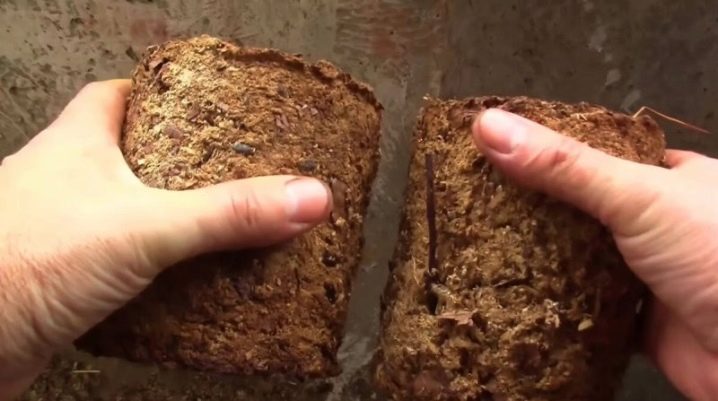
Thoroughly dried fuel is sent to storage. At the same time, their placement is allowed in a rather damp and unheated place. True, in this case, you will have to pack the fuel in bags, tighten the neck and seal it with tape.
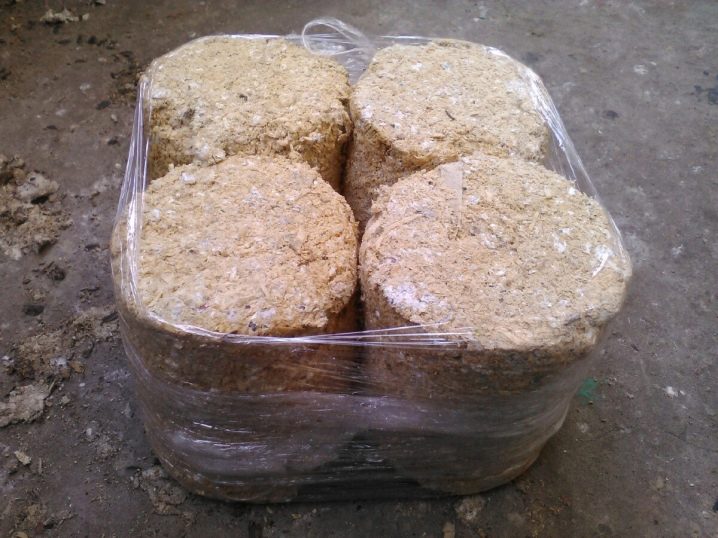
In conclusion, we will dwell on the pros and cons of homemade briquettes for the firebox. The advantages of this solution are obvious:
-
to create an energy efficient fuel, you can take almost any waste, with the exception of synthetic and food waste;
-
such fuel briquettes burn up to 4 hours, during all this time heat is generated;
-
independent production of fuel briquettes does not require large expenditures of effort and costs for the purchase of specialized equipment, the initial investment is minimized;
-
when these items are burned, practically no water is released;
-
fuels based on wood waste, made in a domestic environment, are as environmentally friendly as possible;
-
homemade fuel costs an order of magnitude lower than the corresponding amount of firewood or coal, although energy output is kept at the same level;
-
ash from briquettes can be a good fertilizer for garden plants.
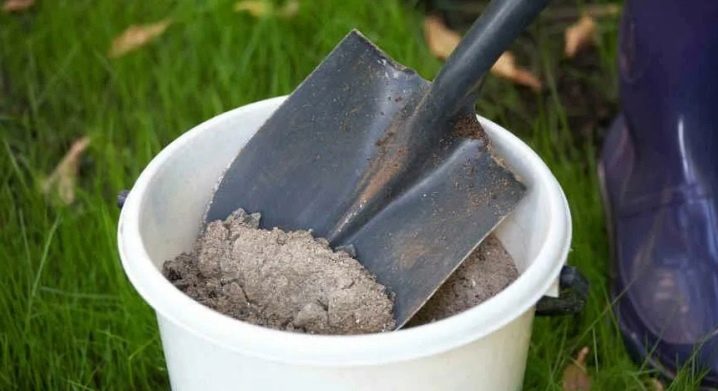
But, of course, there are also disadvantages. They are connected with the fact that at home it is unrealistic to completely reproduce the entire factory technology. Even if you observe all the basic subtleties, bricks obtained at home will always be less dense. In fact, the heat of their combustion is two to three times lower than that of wood.
Accordingly, for efficient heating, you will need a lot more home-made briquettes compared to purchased ones.
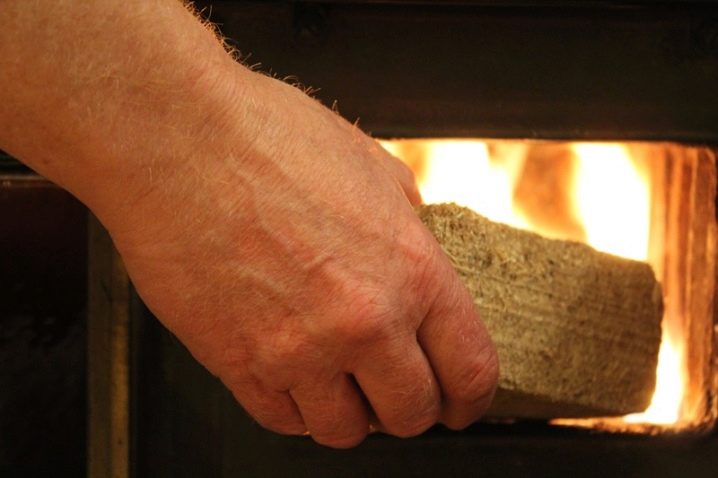
And, of course, the manufacturing process takes a lot of time and effort.
For information on how to create fuel briquettes with your own hands, see the next video.













The comment was sent successfully.